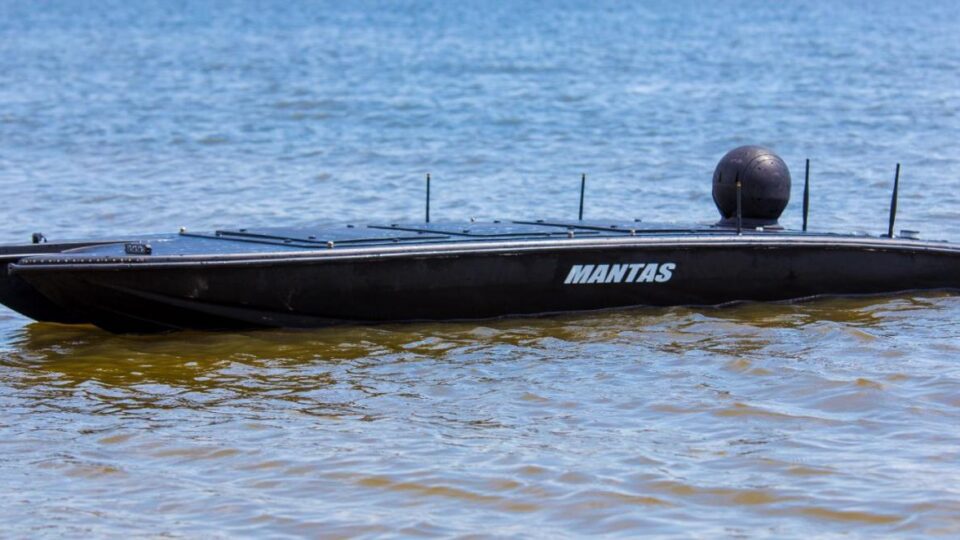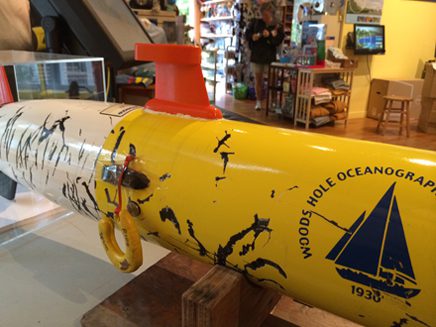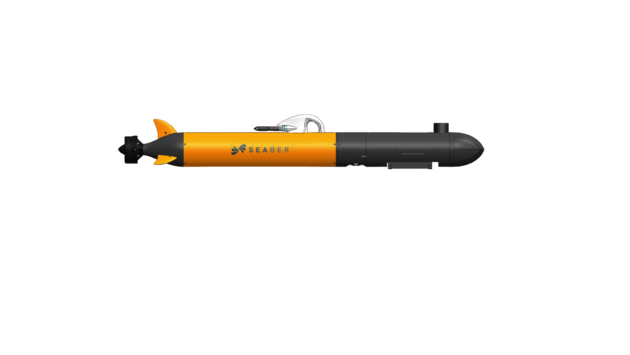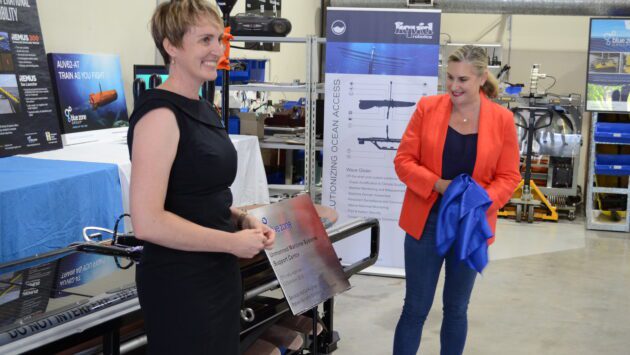What Would a Near-Term, COTS, MCM Solution Look Like?
What Would a Near-Term, COTS, MCM Solution Look Like?
Moving Forward with Effective—and Timely—MCM
Uncrewed surface vehicles have the potential to perform the “dull, dirty and dangerous” work previously done by sailors in the hazardous littoral zone. The MANTAS USV was demonstrated during Exercise Valiant Shield, and was tasked with a resupply mission, carrying cargo to troops ashore. As a result of that mission success, US Navy and Marine Corps officials asked the manufacturer (MARTAC) to scale up the MANTAS further and design an 11.5m (38-foot) version, the T38.
It is this USV—one that closely approximates the size of an eleven-meter RHIB carried by many Navy vessels—that can be combined with surface and subsurface mine-hunting and mine-neutralising equipment to provide an over-the-horizon “single sortie detect-to-engage” MCM capability that takes sailors out of the minefield.
The US Navy is evaluating several USVs for a variety of missions but leveraging one that has been thoroughly vetted over hundreds of hours during years of US Navy and Marine Corps exercises, experiments, and demonstrations would provide the most important building block for a comprehensive MCM capability. The T38 can operate in up to sea-state five, has a cruise speed significantly greater than an 11-meter RHIB’s, a range four times greater, and can operate autonomously longer.
One of the most important attributes of this building block is the fact that the T38 has an aft-mounted twin-tow station that houses both a mine-hunting sonar system and a mine-neutralisation system (MNS) remotely operated vehicle (ROV). These towed subsystems are installed on two rails aft. The catamaran hull enables the MANTAS to conduct an angled submergence of the stern tow station. This unique configuration results in a flooded well-deck that facilitates a straightforward launch and recovery of the tows.
The next COTS component for the MCM system is a towed-body-mounted sonar. Several available commercial sonars have resolution sufficient to search for mine-like objects (MLOs). These sonars are also programmable for obstacle avoidance, bottom following, and terrain referencing. Another important feature these sonars possess is automatic target recognition to identify likely MLO anomalies. An operator verifies any MLO targets the system identifies, and the object is then added as a waypoint for validation.
The final component is the MNS ROV. Mine-like objects that have been verified will be continually updated, and once this is complete, the system will recommend a route for the MNS ROV. This route can be changed as priorities shift or the tactical situation evolves. Once the area search is complete, the T38 transitions from hunting to neutralising by conducting a well-deck recovery of the towed-body followed immediately by the launch of the tethered MNS ROV.
The mine-neutralisation system remotely operated vehicle then provides real-time video validation of mine-like objects. The MNS ROV autonomously executes the MLO route for final classification and man-on-the-loop validation of each MLO. As this is taking place, the T38 shadows and supports it as an over-the-horizon communications link. This process is repeated until the field is cleared.
This integrated COTS-based MCM solution can be deployed in autonomous groups detecting these MLOs over large coverage areas. And since they are mostly autonomous, they can perform sweeps 24/7/365 with minimal human intervention, allowing for a safe and effective MCM solution.
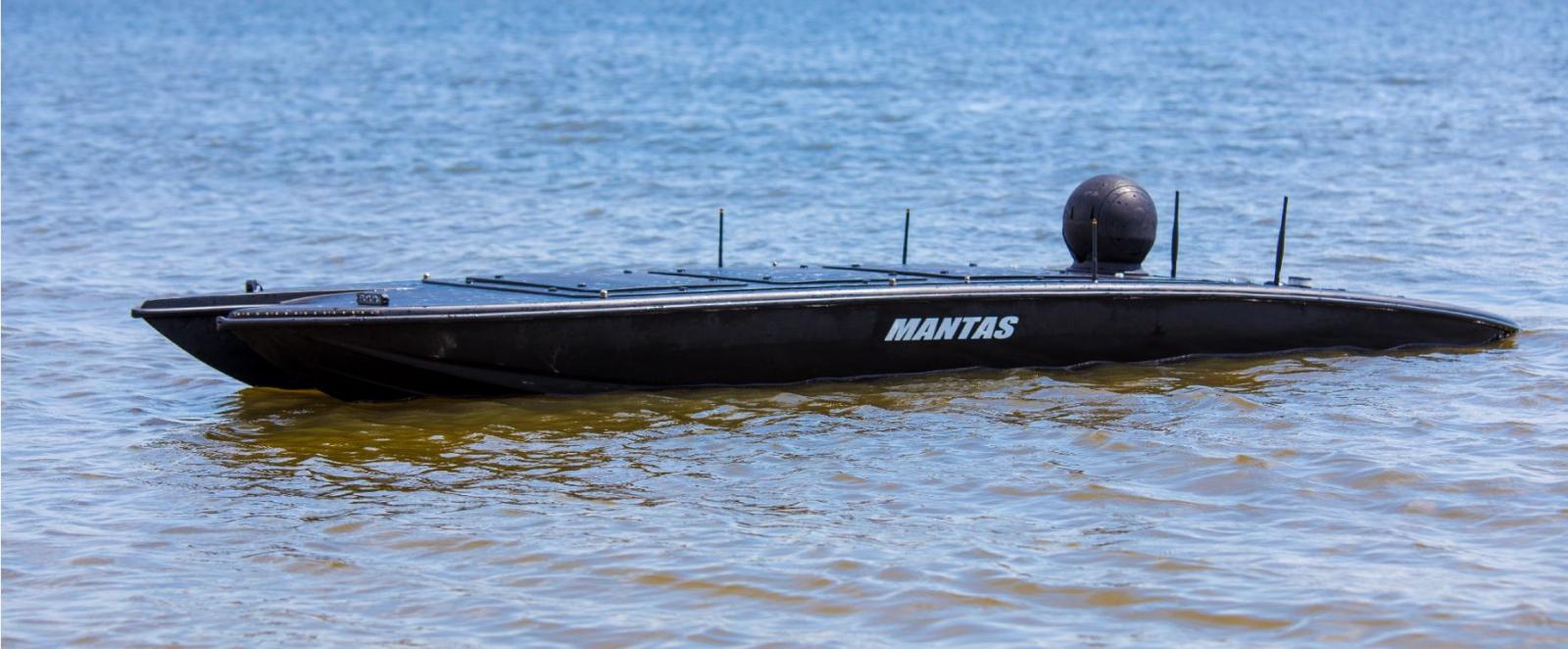 |
|
MANTAS next generation USV are ultra-safe; incoporating low-lithium, diesel or hybrid diesel
propulsion twin screws powering MANTAS to perform beyond human capabilities.
|

